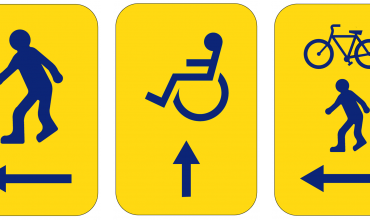Worker safety at road construction sites


ASAP - Appropriate Speed saves All People
It is important that the speed of traffic is controlled on construction sites to ensure the safety of both users and workers. An adapted speed is therefore necessary to ensure that the driver crosses the work zone safely, without passing through the prohibited traffic areas. If a vehicle nevertheless ends up in a safe area, workers and passengers may be injured.
The ASAP guide brings together the results of research, current practice, data analysis, simulations and field showcases on the determination of speed limits and the effectiveness of speed management measures on road worksites. Road authorities should consider it as a complementary document to existing national practical guides and can provide a practical starting point for future revisions of the existing directives. Among other things, BRRC proposed scenarios for field operation tests and led the organisation of the field tests.
BRoWSER - Baselining Road Worker Safety on European Roads
A good knowledge of the risks incurred by workers in the event of accidents and driving errors is essential for effective safety management, to deal with real dangers, rather than situations perceived as dangerous.
The main objective of the BRoWSER project was to help national road authorities adopt a data-based approach to worker safety management. BRoWSER provides a harmonised framework for a pan-European database (EuRoWCas - European Road Worker Casualty Database), so that all the data collected can be converted into useful information for establishing well-founded measures. BRRC carried out a test by collecting data in Flanders and carrying out a comparative analysis of the rules for the configuration, signalling and equipment of construction sites in different European countries.
A more detailed article on this subject was published in Bulletin CRR 105 (in French).
